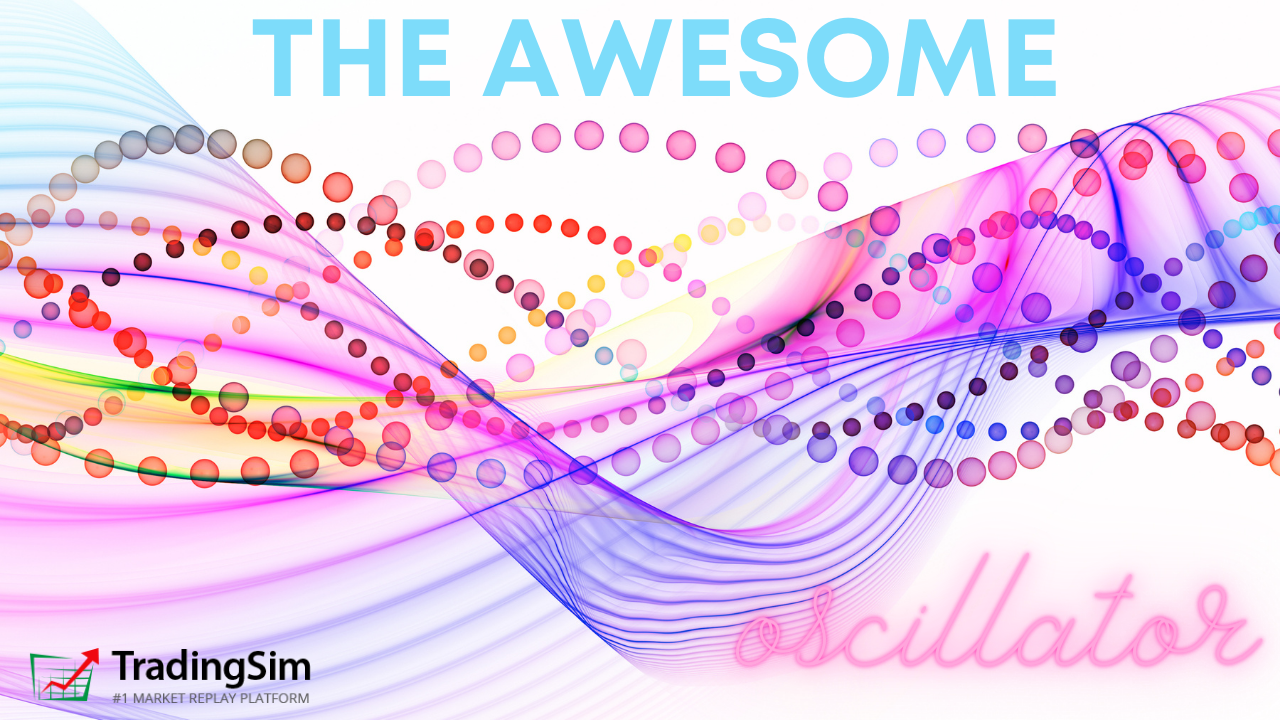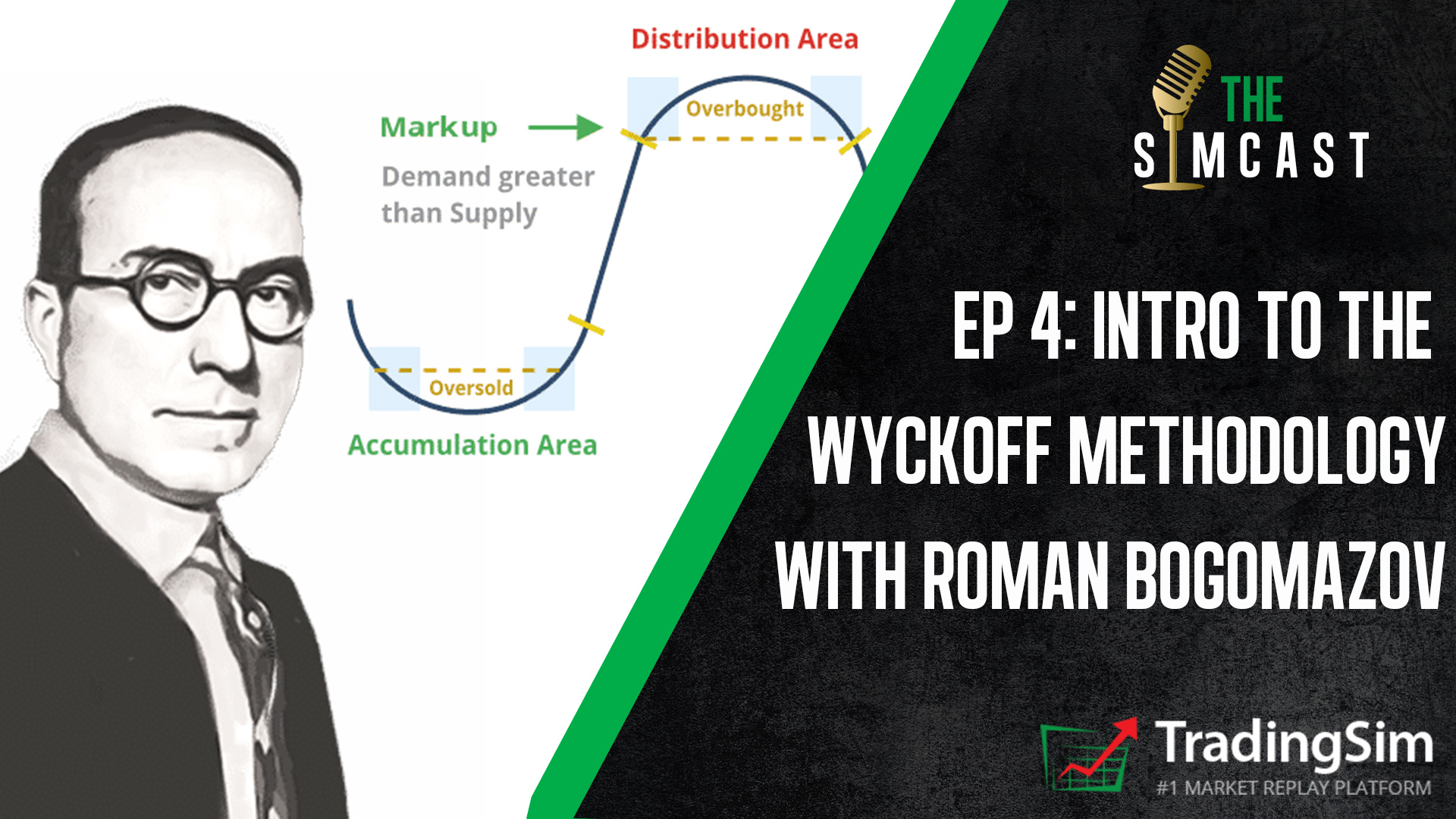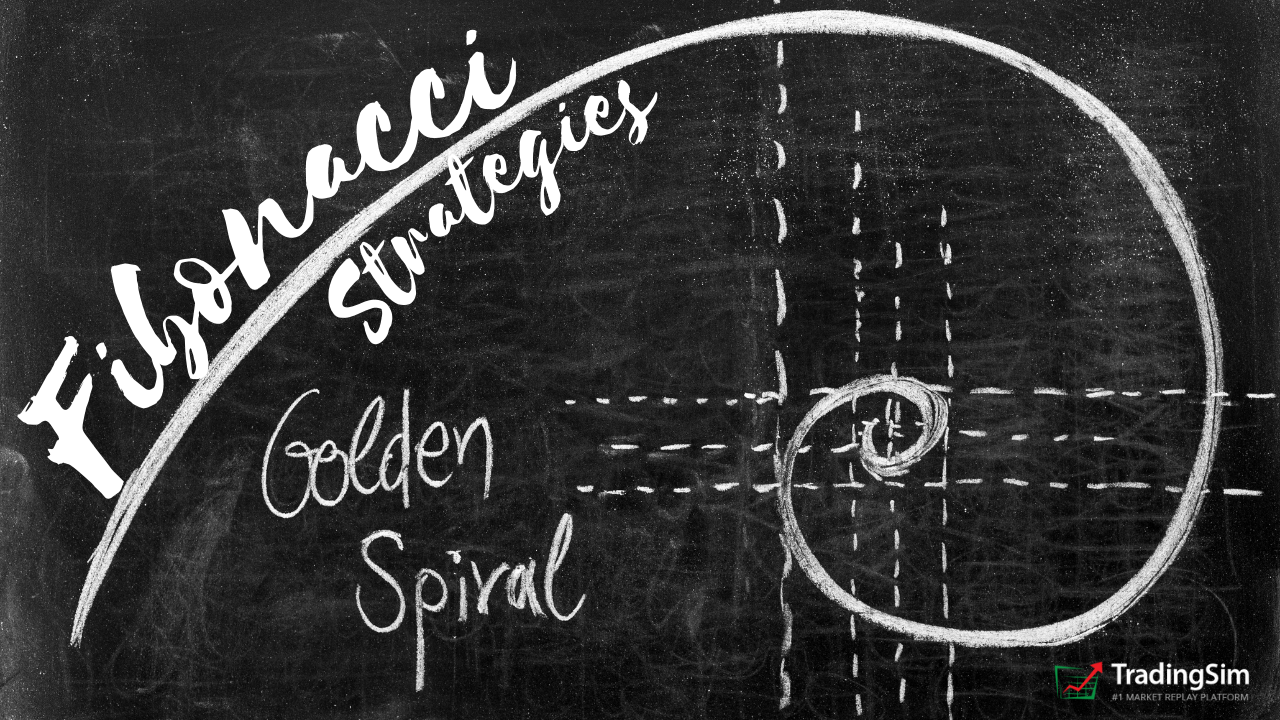
Assuming you have either started day trading or are looking to get into the game, we are going to shock you in this article. What we’ll cover will hopefully save you many months of headaches and help you learn how to trade the first hour of trading like a pro.
Before we dive in, check out this short video from our founder: professional day trader, Al Hill.
http://alton-hill-jr.wistia.com/medias/zauge55n3h?embedType=async&videoFoam=true&videoWidth=350
Recent studies have shown the majority of trading activity occurs in the first and last hour of trading [1]. As you begin to only focus on the first hour of trading, watch how simple it all becomes.
Chapter 1: Why the First Hour of Trading
Simply, the first hour of trading provides the liquidity you need to get in an and out of the market. On average, the market only trends all day less than 20% of the time.
Most new day traders think that the market is just this endless machine that moves up and down all day. In reality, the market is boring if you know what you are doing as a day trader or have technical trading signals sent to you.
The one time of day which consistently delivers on sharp moves with volume is the morning. Assuming you are doing this for a living, you will need some serious cash. Day trading isn’t something you should undertake with your lunch money.
If you were trading with $100,000 per trade, how much volume do you think your stock needs? Your first response should have been, “what’s the price of the stock?”
Assuming you were already thinking that, you need tens of thousands of shares trading hands every 5 minutes. The reason for this is that you need enough volume to enter the trade, but also enough that you can potentially turn around in a matter of minutes and close out the same trade you just put on.
Let’s Get more Granular on Time Frames
The First 5 Minutes
Now that the market has opened. the first noticeable increment of time is the first five minutes. We have no study to back this one up, but from our own experience and talking with other day traders the 5-minute chart is by far the most popular time frame.
Within the first 5-minutes you will see a number of spikes in both price and volume as stocks gap up or down from the previous day’s close. This will often be driven by some sort of earnings announcement or pre-market news. This first five minutes is arguably the most volatile time of day.
There is no defined range and odds are the previous day’s range has been eclipsed by the gap. With no clear boundaries for where to go, to short or buy after the first 5 minutes, is nothing more than a gambler’s paradise. If you are serious about your trading career, stay away from placing any trades during the first 5 minutes.
We will say there might be one exception to this rule, the 1 Minute Opening Range Breakout. Feel free to study this in your spare time.
Chart Examples of First Hour of Trading
Below is a chart of NII Holdings (NIHD) which is one of the more volatile stocks on the Nasdaq. NIHD gapped up on the open to a high of 9.05, only to close at 8.73 5 minutes later. How do you think NIHD trended over the next hour?
Let me not keep you waiting too long. All of you advanced day traders will say that the stock continued lower because the stock had such an ugly candlestick on the first 5 minutes. Well, guess what, in this instance, you would be correct.
Remember we are day traders. You are probably saying to yourself, well I can place a buy order above the first 5-minute candlestick and a sell short order below the low of the candlestick. You may even take it one step further and place your stop order neatly behind the high/low of the first candlestick to box in your risk.
Sounds simple enough right? Wrong!
This is nothing more than saying to yourself that you are going to gamble your money within a defined framework. While using simple strategies increases your likelihood of consistent execution, this approach is too unpredictable.
9:30am – 9:50am
The 9:30 – 9:50 am time segment will look odd to you because it is. Some traders will wait out the first half an hour and for a clearly defined range to setup. If a stock is going to head fake you, it will often do it at the 10 am hour.
Another reason we like 9:50 as the completion of the high low range is that it allows you to enter the market before the 15-minute traders second candlestick prints and before the 30-minute traders have their first candlestick print.
After the completion of the 9:30 – 9:50am range, you will want to identify the high and low values for the morning.
The importance of identifying the high and low range of the morning provides you clear price points that if a stock exceeds these boundaries you can use this as an opportunity to go in the direction of the primary trend which would be trading the breakout.
Or you can go against the primary trend when these boundaries are reached with an expectation of a sharp reversal.
9:50am Chart Example
Below is another example of the stock NIHD after it sets the high and low range for the first 20-minutes.
At this point, you have one of two options. Your first option is to buy the break of the 9:50 candlestick and go in the direction of the primary trend. However, we believe when you see stocks b-line like this for the first 20 or 30 minutes, the odds of the stocks continuing in that fashion are slim to none. For this reason, we like a stock to bounce around a bit and build cause before going after the high or low range.
Your second option is to short the stock with the expectation NIHD will reverse around the 10 am time block. If you decide to do this, we recommend trying this as a subset of trades in the sim first, to determine your success for the strategy.
So, looking at NIHD what would you do at this point? The correct answer is you should stay in cash.
As you can see in the above chart, NIHD floated sideways for the remainder of the first hour of trading. Do you see how sizing up the trade properly would have allowed you to miss all this nonsense?
9:50 to 10:10am First Hour of Trading
The 9:50 to 10:10 time slot is where you will want to enter your trade based on a break or test of the highs and lows from the first 20 minutes. Now that we have already had our head fake example earlier in the article, let’s focus on one that follows the happy path.
This is a clean example from Newmont Mining.
Notice how the stock was able to shoot down and build steam as the stock moved lower. In theory, waiting for a breakout after an inside bar or a tight range will often lead to consistent profits. The key thing to remember is 9:50 to 10:10 is the only window for opening new trades.
If you place a trade at let’s say 10:15 and you are trading the first hour, it only provides you 15 minutes to close your position. Unless you are trading ticks, which I think is a sure way to make your broker rich, you simply don’t have enough time for the market to move in your desired direction.
10:10 – 10:30
The last twenty minutes is where you let the stock move in your favor. This doesn’t sound like a lot of time, but if you step back for a second, this represents a potential of 40 minutes from the time you first entered the trade at 9:50.
Now there is no law against you holding a stock beyond 10:30. The key point is you get out of the mindset of letting your profits run.
In today’s world, there are way too many automated systems and retail investors all clamoring over pennies, stocks no longer move in a linear fashion where you can sit back and place your trades on cruise control. The amount of head fakes and erratic behavior is just over the top.
Setting Targets in the First Hour of Trading
A clear profit target is the best way to ensure taking money out of the market consistently. If you want to read more on this topic you can check out any of the following articles: Day Trading Targets and Trading Plan – Key to a Successful Trading Business. Each of these articles will clearly break down the importance of getting in a rhythm of taking profits.
The last 20 minutes of the first hour of trading is not the time to hang out and see how things go. This is the time where you need to be on the lookout for closing your position and you must have some idea of where you want to close the position.
You could have a set percentage target that you’re shooting for, while others may adjust this value based on the volatility of the stock. It really doesn’t matter over the long run because you will adapt your trading strategy to your performance. The key thing is making sure you are coming from a place of wanting to pull profits from the market.
Why 11:00 am is usually a bad time

Most of you reading this article will say to yourselves, this makes sense. I should trade during the first hour when I have the greatest opportunity to make a profit since there is the greatest number of participants trading.
Some of you reading this will be thinking, “I can make money all day”. This is a true statement. You can make money all day. The only problem is the majority of people do not.
You will see that around 11:00 am the volume just dries up in the market. This is because the institutional investors and hedge funds realize that there is far more work and risk to be had during the middle of the day than potential profits.
The resulting price action when the true stock operators are away from their desk is basically a lot of sideways action.
Stocks will breakout only to quickly rollover. Stocks will begin to move in one direction with nominal volume for no apparent reason. Lastly, while there may be price movements, they are so small that after commissions and time spent fighting the market it’s just not worth the headache.
Check out this great video from SMB trading where Mike Bellafiore describes how some of his traders fight the desire to trade during the slow midday period. [2]
Hopefully it will save you from pulling your hair out!
Chapter 2: The Quality of the Trades

Think about it, in any line of work, you want to follow the most successful people. Don’t try to fight the market so you can tell your family members and friends you were trading all day.
You are in the business of making money, not working long hours. If you think my experience isn’t enough reason to caution you, Thomson Reuters did a study and have concluded that 58% of all volume on the NYSE occurs during the first and last hour of trading.
So, we at Tradingsim wanted to see if that study would still hold up years later. We pulled trade/volume data for the NYSE for one week to analyze the numbers.

What did our mini-case study show us?
Results of First Hour of Trading Study
The first thirty minutes is on average twice the size of the 10 am to 10:30 am time slot. We did not perform a volatility test on these times, but you can assume where there is that much smoke, there is a fire.
The trading volume by time slot visual was inspired by our solar system and it’s clear the first 30 minutes and last 30 minutes are Queen of the Jungle! The one thing that was quite alarming is that the last half an hour is just monstrous.
To reinforce the point of not trading after 11, we compared volume from 9:30 to 11 and 11 to 3.
The simple calculation is 240 minutes/90 minutes, which tells us the midday time slot is 2.6 times greater than the morning trading session.
However, when we reviewed the volume numbers for the week, the midday session was only 31% greater in terms of volume. This is evidence that if you are trading during the middle of the day, you will likely give yourself a major headache.
It becomes harder to find a needle in a haystack in terms of locating the trades that are going to move in such a dull market environment.
Take a Midday Break!
If you get anything from this graphic, think of all the fun you can have from 11 am to 3 pm.
Walk your dog, hit the gym, get some beauty rest.
Just do your best to stay away from your computer.
If you cannot resist the urge for whatever reason, at least hold off until 3:00. If you are day trading this presents another dilemma as you should be exiting your trades at 4 pm. This means you have less than one hour to enter and exit your trade.
You must discipline yourself if you are really going to stay true to this rule.
If there is any chance you could start holding trades overnight as a day trader, then focus on the first 1:30 hours of trading. There is more than enough action.
Chapter 3: How Much Volatility is Enough?
While the market open presents the greatest number of trade opportunities, you also need to determine the level of volatility you are willing to trade on the open.
While volatility is required to make money, profitable traders have a limit of what they are willing to trade. It’s not to say you can’t make money trading penny stocks, it just requires enormous discipline and money management to avoid blowup trades.
Me personally, I try to avoid stocks that are printing a lot of 2% and 3% candlesticks. Reason being, the stock will likely trip my stop loss order before I am able to realize my profit target. Also, there is a greater chance I will end up in a blowup trade if things go against me swiftly.
Let’s review a few examples where volatility is just too much.


You can trade volatile stocks, but you need to reduce the amount you invest per trade to limit your risk. If a stock is three times as volatile of your average trades, only use a third of your normal size.
The reason we are touching upon these ridiculously volatile stocks is that they are available for you to trade but are risky. You need the discipline to avoid chasing the big win because at some point it will result in the blow-up trade.
Chapter 4: Pre-Market Trading
We don’t recommend you trade in the pre-market due to the low volatility and wide spreads. However, pre-market data can provide insights into the trading range of a security. Post-covid, we admit that many stocks are trading with high volume in the pre-market as well. Just be selective.
Why is this important?
Well if you are buying a morning breakout, the pre-market high can be your first target for the price move.
Conversely, if a key pre-market support level is breached, you can anticipate the pending move lower. Most platforms provide the ability to include pre-market data on the chart if you look at your chart property settings. We also allow pre-market and post-market trading in TradingSim.
Buy the Pre-Market Breakout
This strategy has been talked about on the TradingSim blog quite a bit, but essentially you are looking for low float stocks that have the potential to make big moves.
You can also trade big-name stocks, but you just need to be prepared to accept smaller gains.

Wait for the Morning Pullback during First Hour of Trading
The other method you can use for trading the morning pre-market data is to wait for the first pullback. This obvious advantage to this approach is that you can lower your risk by purchasing the stock at a lower price.
Secondly, you have a clear exit target with the most recent high.
Now what you will miss by excluding the pre-market data are the trend lines and moving averages that provide support for the pullback.

You can see in the above chart the clear run-up in the pre-market. Then you can see how the stock broke down below the morning lows only to plummet lower.
Now let’s take a look at that same chart without pre-market data.

Now you could say you would just short sell the break of the low on the 1-minute chart, but it’s now where near as convincing without the pre-market data.
You are unable to see the clear range and hence would be operating on a hunch rather than clear patterns in the chart.
Chapter 5: Where Things Go Wrong in the First Hour of Trading
Let’s talk about where things can go wrong trading in the morning. While there is consistent money to be made, the reality is that morning trading is not for everyone.
#1 – Things Can Get Out of Hand Quickly
One thing that morning trading does not afford you is the ability to ignore stops. Think about the chart of the breakdown above. GBR dropped from $12 dollars down to a low of $6.15 by 9:43 am.
This represents a total percentage drop of ~49% in 13 minutes! Take that in for a second.
Of course, if you had placed your stop right below the low of the pre-market range, you would have exited with a 10% loss. Now that’s still huge, but is nothing in comparison to 50%.
A Wall Street Journal article touched on the fact the morning has the greatest spread between what buyers and sellers are willing to make a transaction.
The author Dan Strumpf states, “Rising stock-market volatility is proving especially costly for retail investors who typically buy and sell stocks soon after the market opens—often the most perilous time of the trading day.” [3]
#2 – Even When You Are Right, You Have to be Fast
If you are trading the morning movers you will need to use 1-minute, 2-minute or 3-minute charts.
The action is so fast 5-minute or 15-minute charts will have you missing the action. Therefore, as the stock is moving in your desired direction, take some money off the table.
#3 – Do Not Worry About Guessing Tops and Bottoms
You will inevitably come to a point in your trading career where you will want to nail tops and bottoms. The reality is you will be chasing a ghost.
The morning more than any other time of day is really difficult to call these turning points in the market.
Reason being, again the action is so fast. So, the best thing you can do is focus on making sure your profit versus what you are risking is always greater and you give the market time to settle.
This way, over a large enough sample set, you will beat the market.
But we strongly caution you against reviewing old trades and only focusing on the biggest winners. This will create a sense of greed inside of you. A better approach is to track the profits and losses on each trade, so you can begin to develop a sense of the averages you can hope to make based on the volatility of the security you are trading.
#4 Stops Can Still Trigger Big Losses
If you are trading low float stocks, you need to be prepared for the possibility of 6% to 10% losses. A classic approach you can use is to place your stops below the breakout candle and even this at times can present mid to high single-digit percentage losses.
I’m not saying this to scare you away from low float, but you should be realistic in terms of how much money you use on each low float stock trade.
The other option is to use sub-one-minute charts (30 and 15-second intervals) in order to place tighter stops. If you really want to go granular you can use tick charts in order to further manage the price swings [4].
As mentioned earlier, a 5-minute or even 1-minute bar could have you risking a sizeable amount of money.
In Summary
Hopefully, you have found this article useful and it has provided some additional insight into first-hour trading and some basic approaches you can take in your day trading strategies to capitalize on the increased volume in the morning session.
For all you history buffs, check out this article which touches upon the history of the market hours. Can you believe back in the 1800s, there was no set closing time!
Now take a minute and visit our site, Tradingsim and check out how you can use our day trading simulator to trade the first hour. You can toggle between regular session hours and pre-market to see all of the hidden levels to learn which patterns work best for your trading style.
External References
- Wigglesworth, Robin. (2018). The 30 Minutes That Have An Outsized Role in US Stock Trading. Financial Times
- Bellafore, Mike. Midday Trading: How to Prevent Overtrading and Maximize This Trading Period [Video]. SMB Training
- Strumpf, Dan. (2015). Why Morning Is the Worst Time to Trade Stocks. The Wall Street Journal
- Burns, Barry. (2017). Tick Charts Give You A Winning Edge In Day Trading [Video]. TopDogTrading





















































